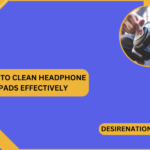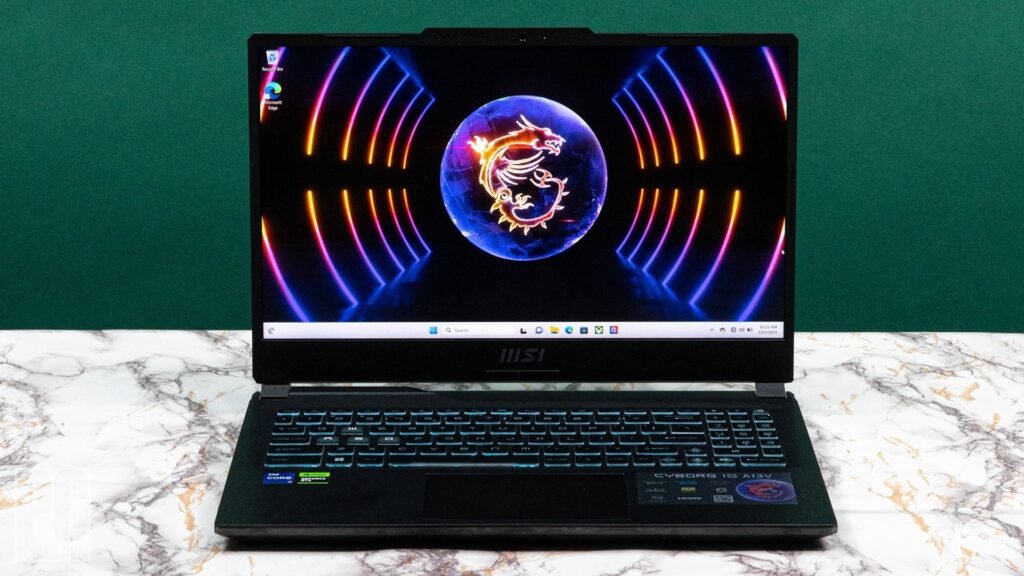Noise-canceling headphones have become a staple for those seeking tranquility in a bustling world. As this technology gains popularity, questions about its safety often arise. In this article, we’ll explore the safety aspects of noise-canceling headphones, addressing concerns and shedding light on the potential impact of this innovative audio accessory on our well-being.
1. Understanding Noise-Canceling Technology:
Noise-canceling headphones work by employing microphones to pick up external sounds, generating anti-noise signals that effectively cancel out unwanted ambient noise. This technology is primarily designed to enhance the listening experience by reducing external distractions, making it popular for travelers, commuters, and those in noisy environments.
2. Exposure to Electromagnetic Fields (EMF):
One concern associated with some electronic devices, including noise-canceling headphones, is exposure to electromagnetic fields (EMF). EMF is a type of non-ionizing radiation that low-energy devices emit. However, the levels of EMF produced by noise-canceling headphones are generally considered safe for regular use.
3. Safe Noise Levels:
Noise-canceling headphones can contribute to hearing safety by allowing users to listen at lower volumes in noisy environments. By reducing the need to turn up the volume to overcome external sounds, these headphones help minimize the risk of hearing damage associated with prolonged exposure to high decibel levels.
4. Battery-Powered Concerns:
Many noise-canceling headphones require batteries to power the noise-canceling feature. While concerns may arise about battery safety, modern headphone designs prioritize user safety. It’s essential to follow manufacturer guidelines for battery usage, storage, and disposal to ensure safe and responsible practices.
5. Comfort and Prolonged Use:
Noise-canceling headphones are generally safe for regular use. However, users may experience discomfort with prolonged wear, such as ear fatigue or pressure. Taking breaks during extended use can alleviate any potential discomfort and ensure a comfortable listening experience.
6. Motion Sickness and Sensitivity:
Some users may experience motion sickness or sensitivity related to the use of noise-canceling technology. This can be attributed to the sensation of being cut off from external sounds, particularly in certain environments. If you are prone to motion sickness or sensitivity, it’s advisable to use noise-canceling headphones in moderation.
7. Transparency Modes:
Some noise-canceling headphones come equipped with transparency or ambient modes. These modes allow external sounds to be heard while wearing the headphones. Using these modes in appropriate situations, such as when walking in traffic or during outdoor activities, enhances situational awareness and safety.
8. User Guidelines:
To ensure the safe and effective use of noise-canceling headphones, it’s crucial to follow manufacturer guidelines and recommendations. Adhering to instructions regarding usage, maintenance, and any safety precautions outlined in the product manual contributes to a positive and secure user experience.
Conclusion:
Noise-canceling headphones, when used responsibly and in accordance with manufacturer guidelines, are generally considered safe. These innovative devices offer a valuable solution for minimizing external distractions and protecting hearing by allowing users to listen at lower volumes. As with any electronic device, moderation, proper usage, and adherence to safety guidelines are key to ensuring a safe and enjoyable experience with noise-canceling headphones.
You Might Also Like These:
Skullcandy Hesh ANC Headphones Review
Steelseries arctis pro wireless review
Connect multiple headphones to ipad
How to Use the Rear Audio Jack for Headphones












